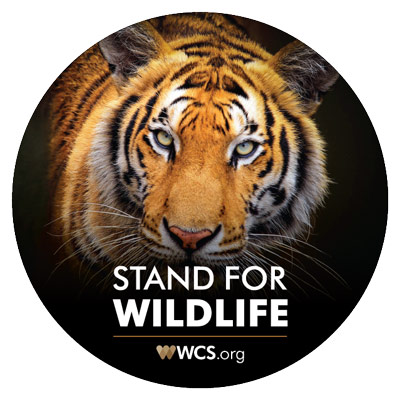Africa
- Cameroon
- Central African Republic
- Chad
- Congo
- DR Congo
- Equatorial Guinea
- Gabon
- Kenya
- Madagascar
- Mozambique
- Nigeria
- Rwanda
- South Sudan
- Tanzania
- Uganda
- Zambia
We are protecting regions that are biologically outstanding and where the long-term conservation of species and ecological processes is viable.
Get news from the field and learn about ways you can help Earth’s most threatened species.
